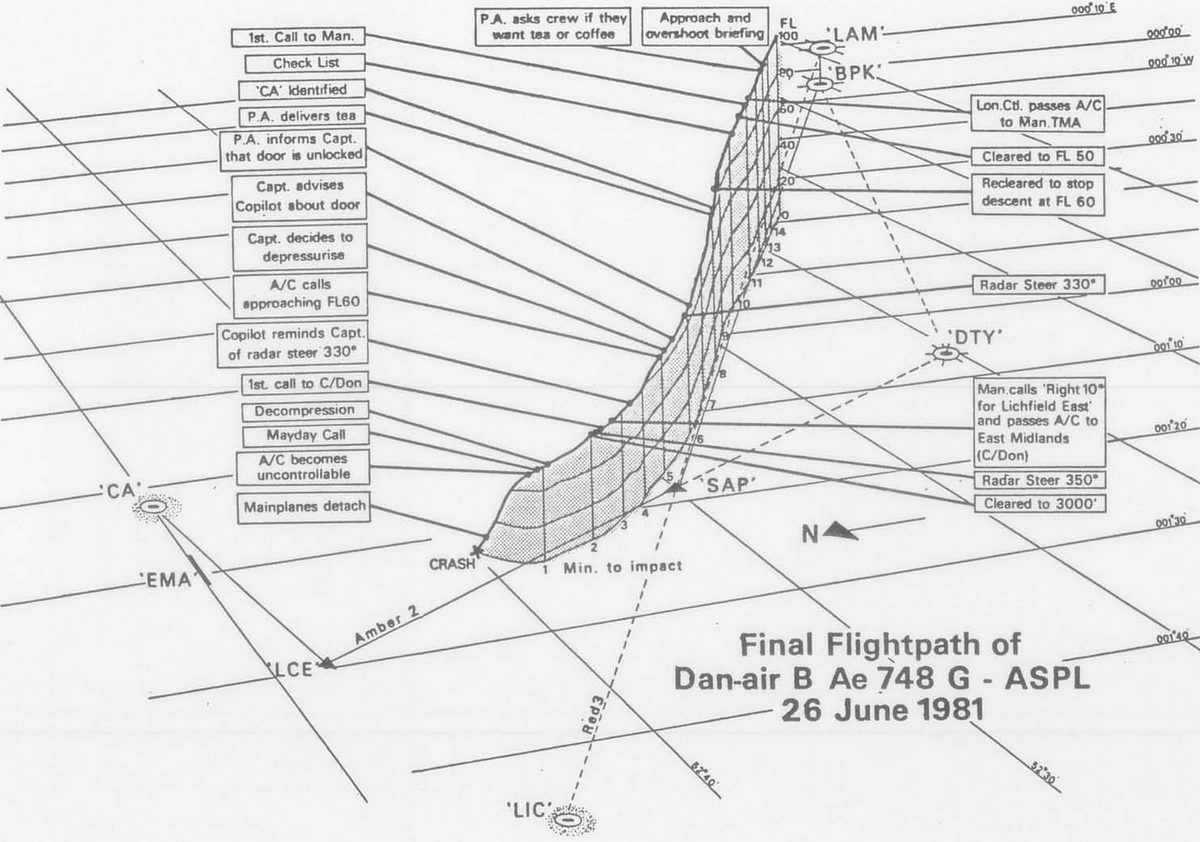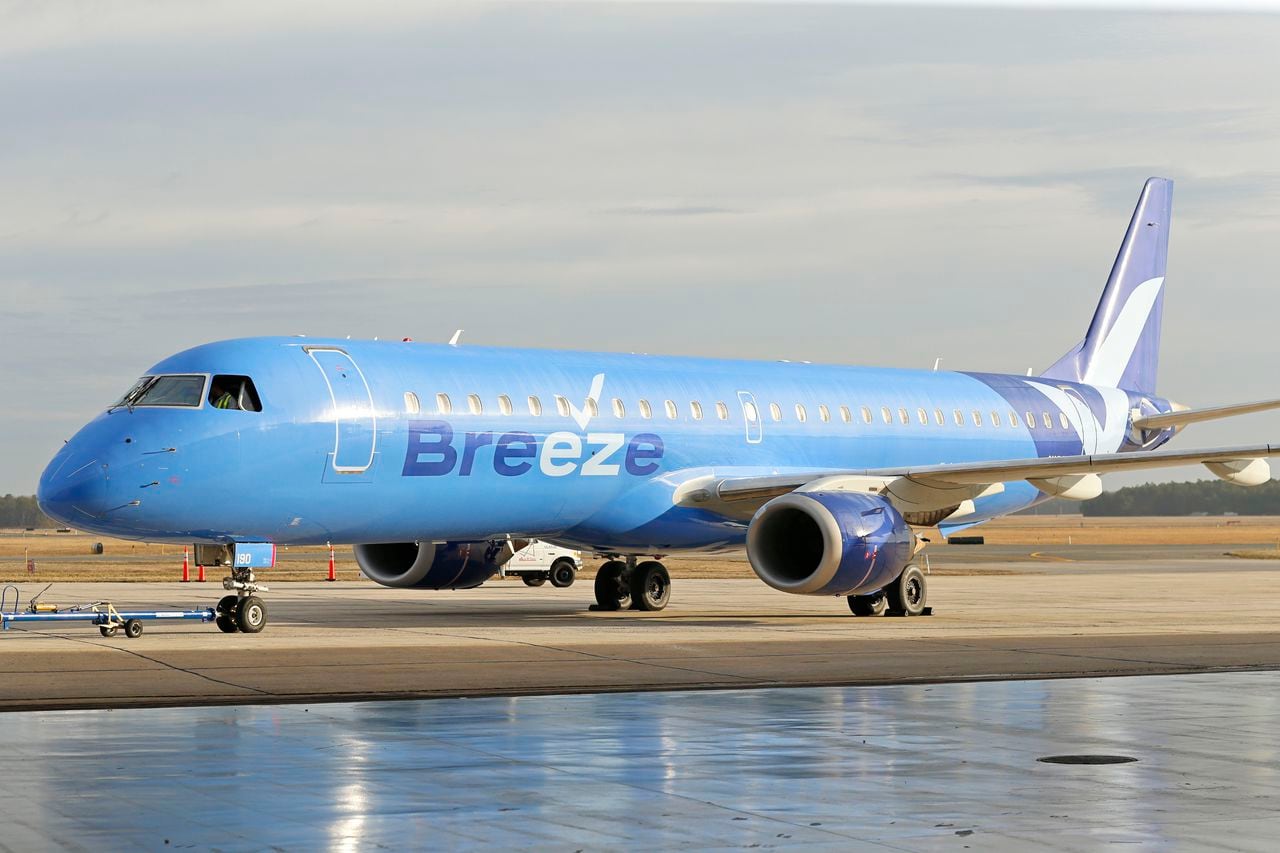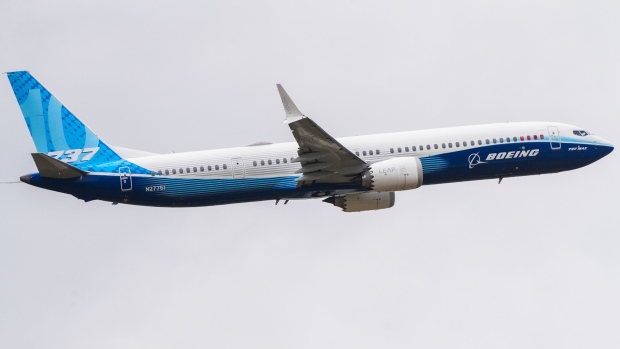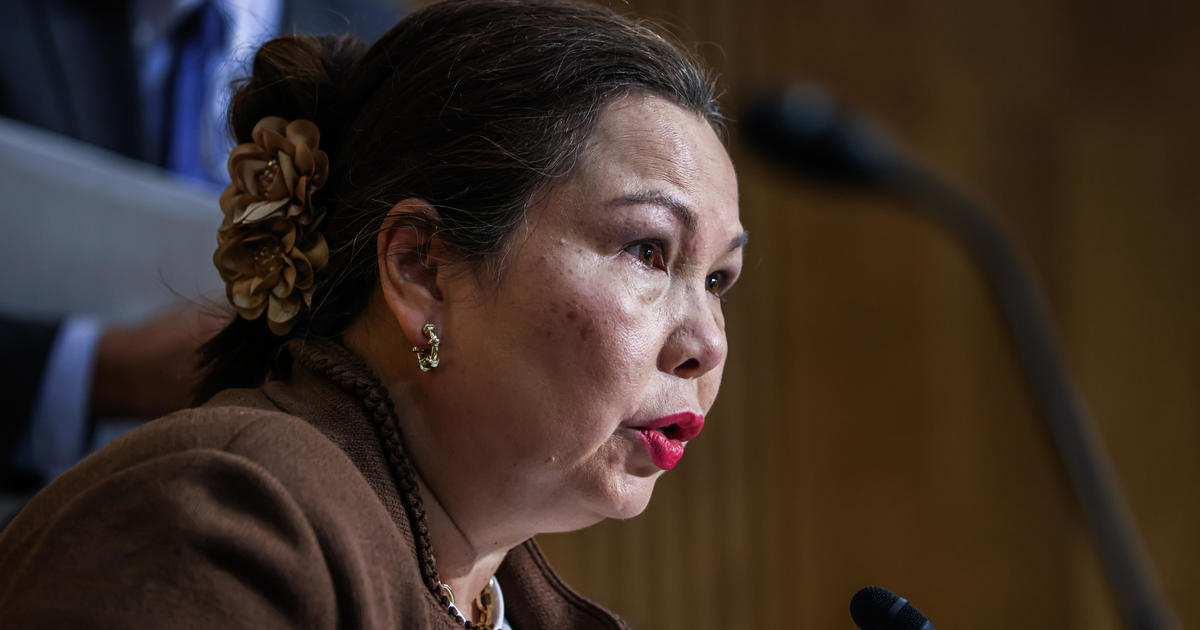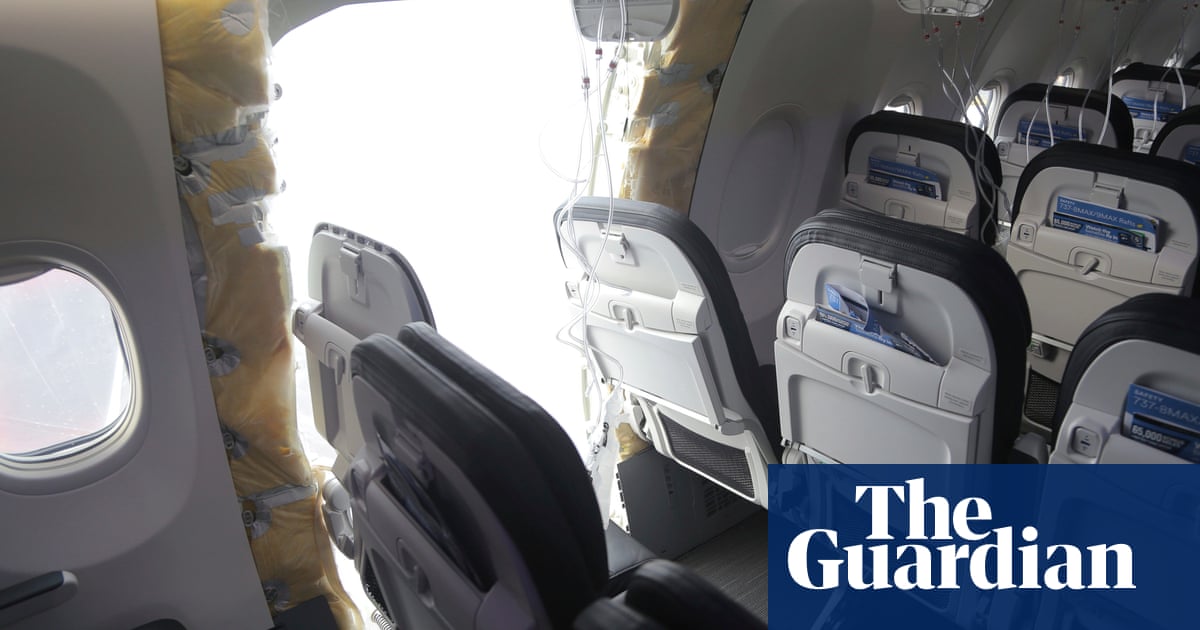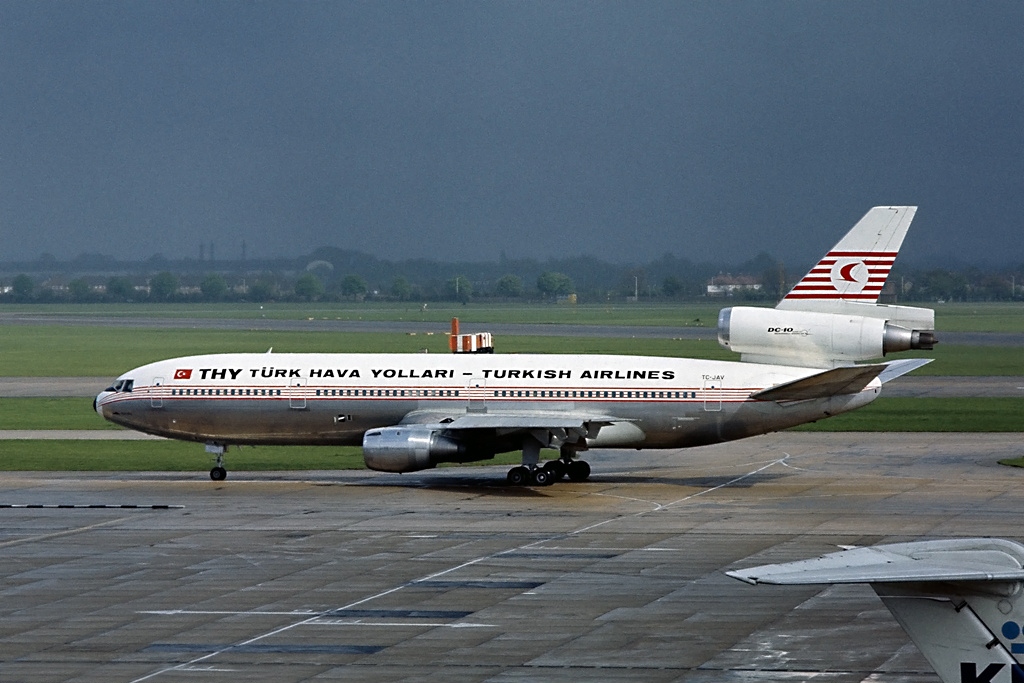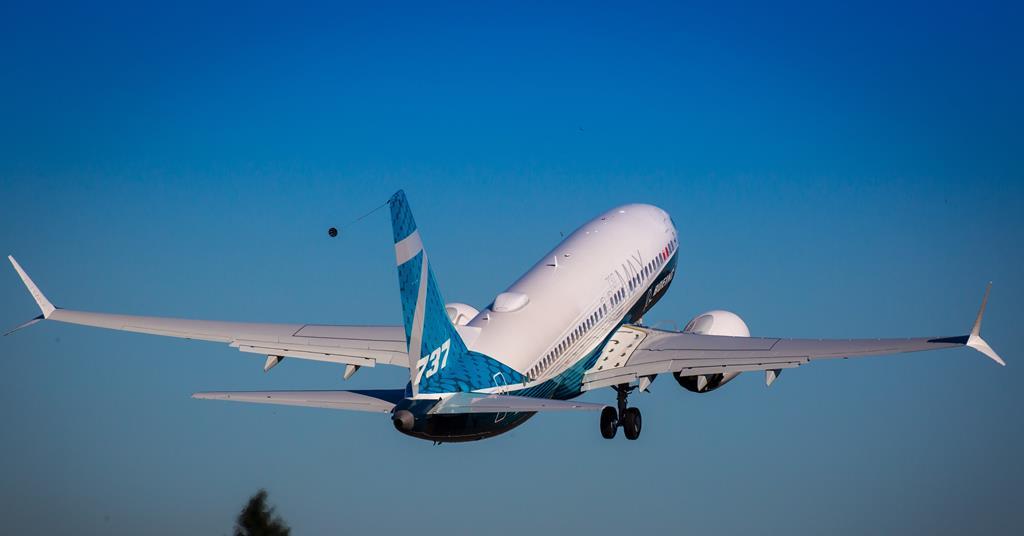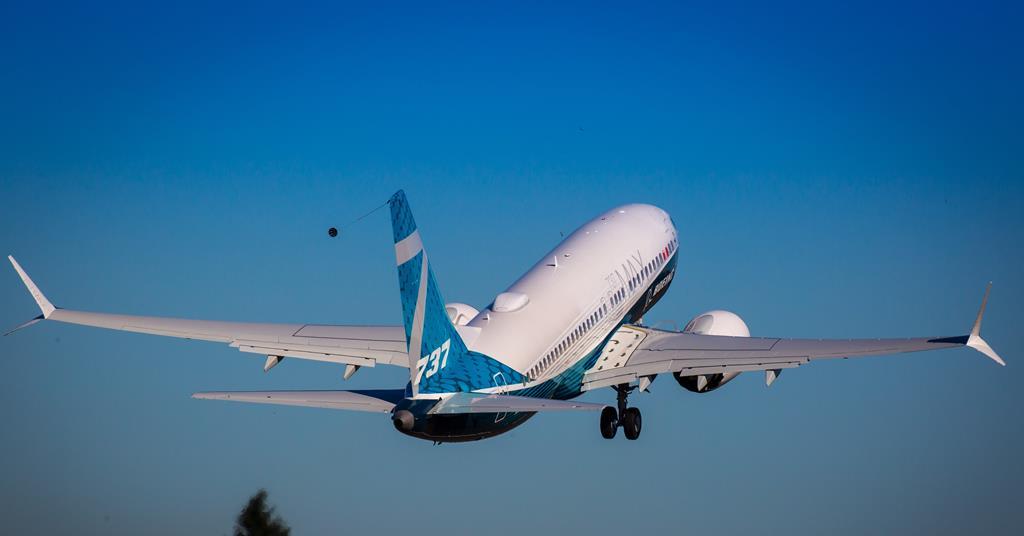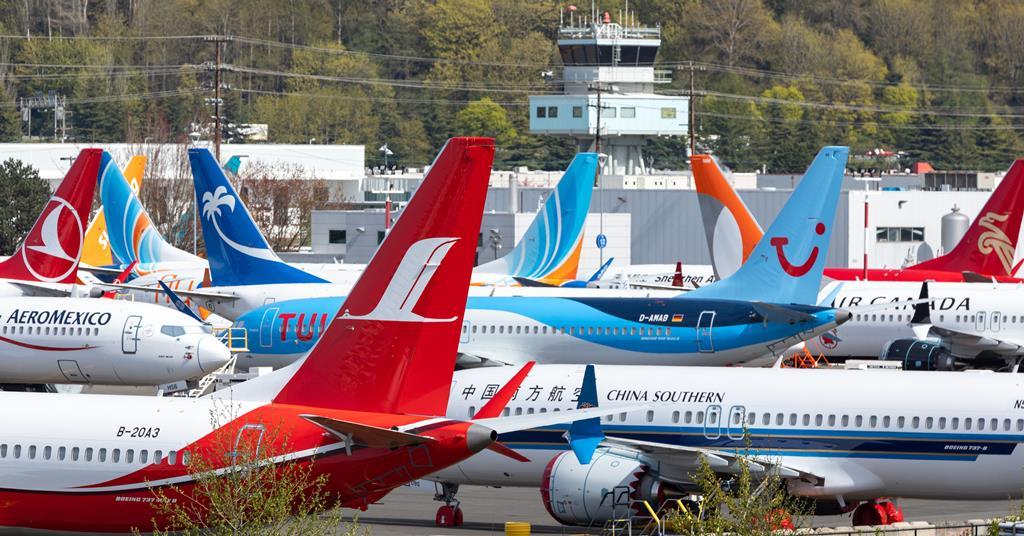Boeing has provided new insight into when the 737 Max 7 might achieve certification, with executives saying they need another nine to 12 months to finish development of a fix to the type's engine anti-ice system.

www.flightglobal.com
The answer is 9 months to a year, which raises the question of why Boeing told FAA they needed 3* years to implement a fix.
* Given they had an Airworthiness Directive issued by FAA in August 2023** for Max 8 and 9 operators to work around it while Boeing wouldn't have to fix it until May 2026.
** This appears to have been expedited by FAA as it went into effect 15 days after issue with no comment period, suggesting how serious it was considered, but probably also indicating it had only been flagged up by Boeing fairly recently.
TLDR: they could probably have fixed it and still kept to their original Max 7 schedule rather than chasing waivers and ADs.

